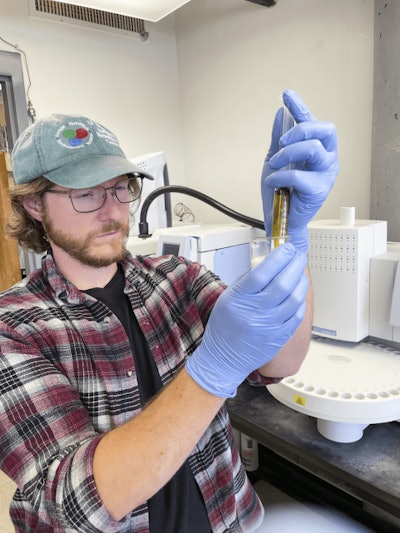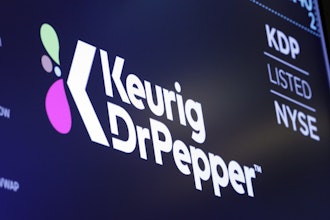
A new technology from the Agricultural Research Service (ARS) may become a key tool for dairy farmers to reduce their expenses and help limit pollution.
Kevin Panke-Buisse, a research microbiologist at ARS’s U.S. Dairy Forage Research Center in Madison, WI, is developing a mobile device app that measures milk urea nitrogen (MUN). There are currently no precise, convenient, on-farm tests available, so farmers often send samples to labs for analysis.
 USDA
USDA
MUN is a nitrogen-containing compound. When it leaves the body in urine, it eventually ends up as ammonia in the environment. Ammonia can degrade air quality, add fertilizer to surface waters, and pollute ground water.
“Nitrogen is the major building block of proteins, which are required by dairy cows in relatively large amounts to support healthy lactation,” Panke-Buisse said. “Protein is one of the costliest components in the diet of a high-performance dairy animal, and MUN gives us an estimate of how effectively that protein is being used.”
High MUN may indicate that an animal is receiving more protein than it can use. The app will give dairy farmers rapid information so they may adjust the rations they feed their herds.
“Having real-time data on MUN can help producers maximize performance, profit, and sustainability,” Panke-Buisse said. “In a dairy context, with the cost of high-protein feeds, too much MUN is essentially like watching your money evaporate and damage the surrounding environment on which your livelihood relies.”
 USDA
USDA






















